General William Tecumseh Sherman Monument
Introduction
Text-to-speech Audio
Images
downward view of the monument
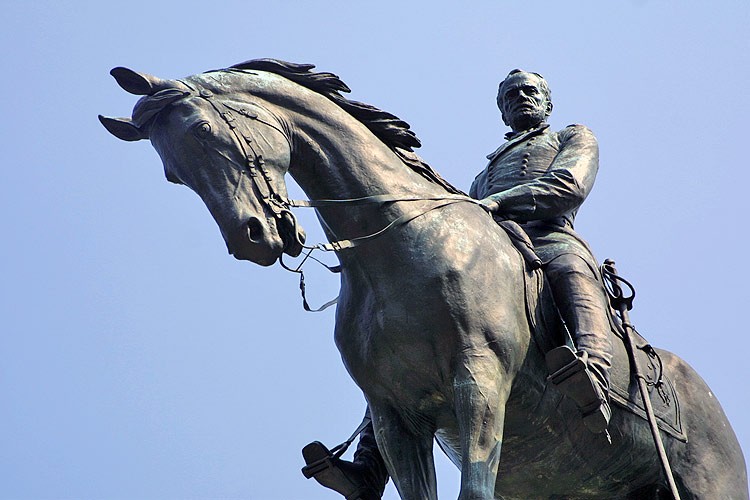
Teddy Roosevelt dedicated this statue in 1903.
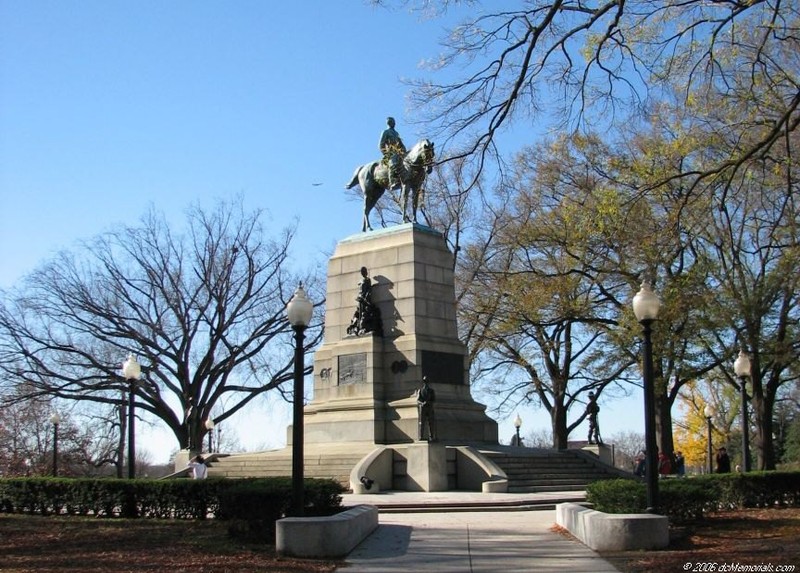
Memoirs of General W.T. Sherman-click the link below for more information about this book.
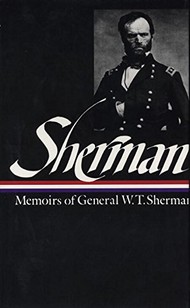
Close up of the memorial
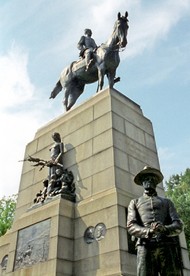
Sherman during the Civil War
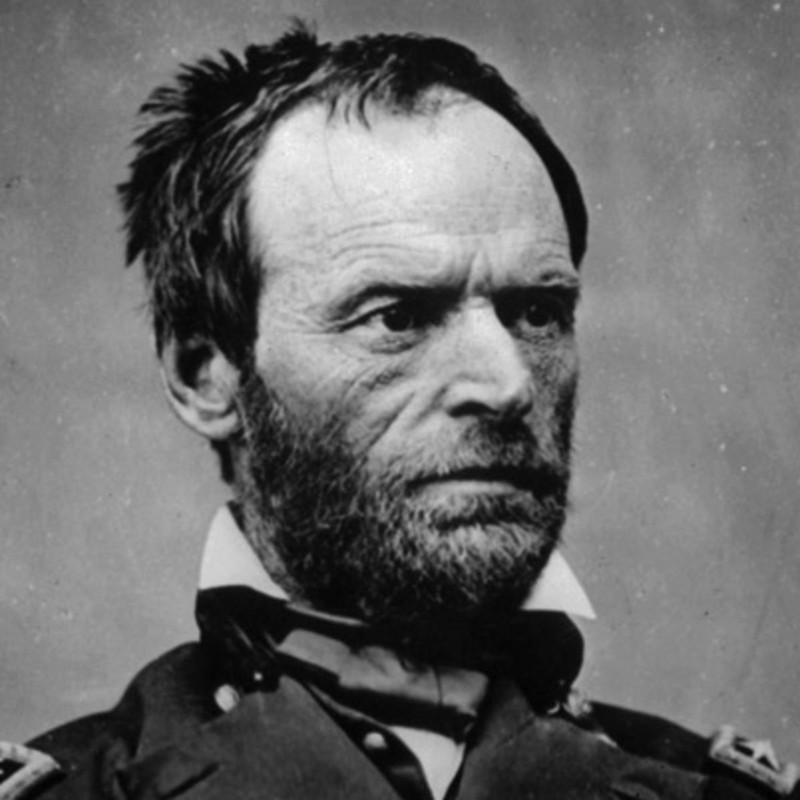
Taken in1903, an unidentified older gentleman and a boy in a sailor uniform stand in front of the Sherman Memorial during or after the unveiling.
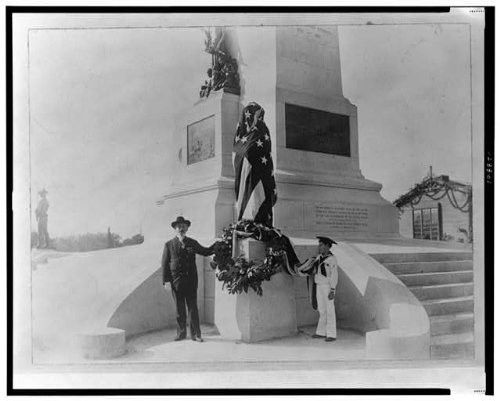
Backstory and Context
Text-to-speech Audio
Sherman was born in Lancaster, Ohio in 1820 and served during the Mexican-American war of the 1840s. In 1861, Sherman was appointed to the rank of brigadier general as the Union was mired in civil war. Sherman led Union troops at Bull Run and Shiloh and was promoted to major general in 1862. His willingness to engage the enemy won accolades among a growing number of civilian and military leaders in the North that sought a more aggressive campaign against the Confederacy. Sherman served under the new Union commander, Ulysses S. Grant, and waged a grueling offensive through Georgia and the Carolinas that accelerated the Confederate surrender. General Joseph E. Johnston surrendered his army to Sherman on April 26, 1865, 17 days after General Robert E. Lee surrendered at Appomattox Courthouse in Virginia.
Sherman's younger brother, Senator John Sherman, was the author of the Sherman Anti-Trust act of 1890 that sought to prevent the formation of monopolies. William T. Sherman would remain the most famous member of the family, however, and is still regarded as one of the most effective generals in US history. Shortly after Sherman died in New York in 1891, members of the Chamber of Commerce raised funds for a monument.
The committee commissioned artist Augustus Saint-Gaudens to create the monument, a selection inspired by the fact that Saint-Gaudens had created a bust of Sherman's head in 1888. This process required Sherman to sit for two hours at a time for a total of over 18 hours. Saint-Gaudens admired the general, and labored heavily over every aspect of the piece. This overwork caused the artist to become ill, which extended the amount of time needed to create the monument. In 1902, the work was complete and the statue was ready for dedication the following year.
Sources
National Park Service website, http://www.nps.gov/whho/planyourvisit/explore-the-northern-trail.htm#CP_JUMP_2801803
Jacob, Kathryn Allamong; Remsberg, Edwin Harlan (1998). Testament to Union: Civil War Monuments in Washington, D.C. Baltimore, Md.: Johns Hopkins University Press.
Keim, De B. Randolph; Rohl-Smith, Carl Vilhelm Daniel; Griffin, Appleton P.C. (1904). Sherman. A Memorial in Art, Oratory, and Literature by the Society of the Army of Tennessee, With the Aid of the Congress of the United States of America. Washington, D.C.: Government Printing Office.
